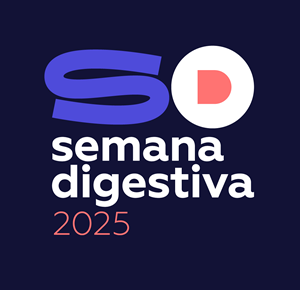Methodology: A data query to our endoscopy database was performed to retrieve endoscopy demand from 2015 to 2021. Graphical inspection of demand trendline was performed to infer trend, seasonality, to perceive the impact of the COVID-19 pandemics, and to select the best forecasting model. Quarterly data analysis was performed; considering COVID-19 severe impact on the request for esophagogastroduodenoscopies (EGD) and colonoscopies in 2020’s second quarter (Q2), data for these procedures were estimated using linear regression of historical Q2 data.
Results: During the study period, 53.886 procedures were requested. The best forecasting models were: i) simple seasonal exponential smoothing for EGD, colonoscopy, and percutaneous endoscopic gastrostomy (PEG), as seasonality without trend was identified; ii) double exponential smoothing for capsule endoscopy and deep enteroscopy, as trend without seasonality was found; and iii) simple exponential smoothing for endoscopic retrograde cholangiopancreatography (ERCP) and endoscopic ultrasound (EUS) - no trend nor seasonality. The mean average percentage error ranged from 6.1% for EGD to 33.5% for deep enteroscopy. The predicted demand for 2022 was 3.781 EGD, 3.679 colonoscopies, 356 ERCPs, 208 PEGs, 326 capsule endoscopies, 30 deep enteroscopies, and 408 EUSs. Considering the usual time allocation for each procedure, 3.2 full-time equivalent (40 hours) endoscopists will be required to perform all procedures in 2022.
Conclusions: The incorporation of business analytics capabilities into the endoscopy software and clinical practice can be useful to better allocate resources, improving patient-focused decision-making and healthcare services quality.

 Semana Digestiva 2025 | Todos os direitos reservados
Semana Digestiva 2025 | Todos os direitos reservados